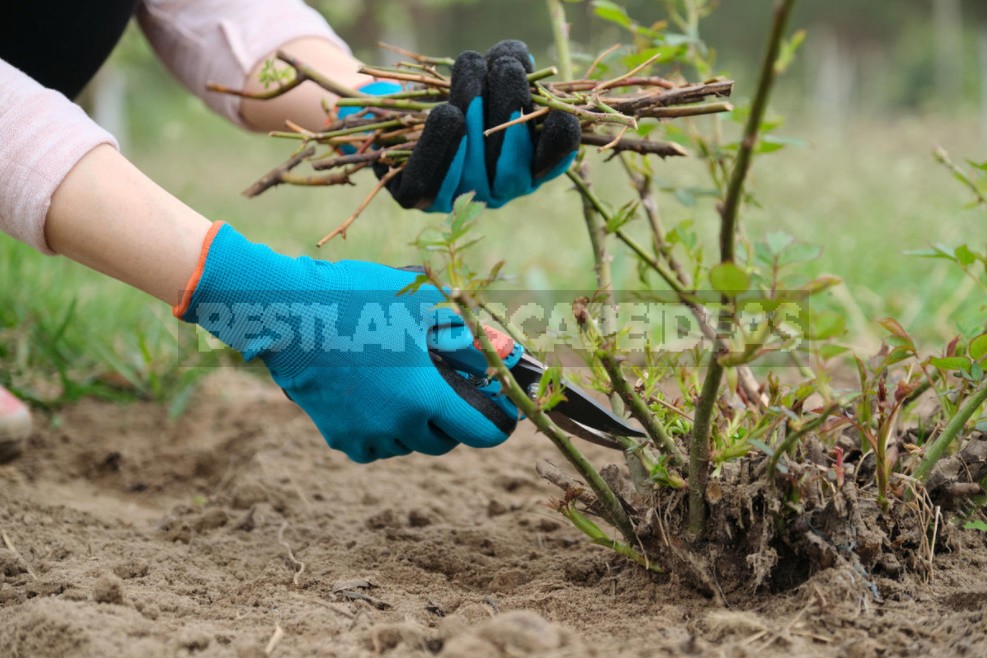
- Clematis;
- Artematis viticella;
- Early-flowering clematis;
- Large-flowered clematis;
- Shrubs with spherical crowns;
- Pruning of spring-flowering plants;
- Hydrangeas;
- Hydrangea macrophylla;
- Hydrangea petiolaris;
- Hydrangea sargentiana;
- Procedure for Hydrangea arborescens;
- Hydrangea paniculata;
- Buddleja Bloom Stimulation;
- “Cutting” of ornamental herbs;
Clematis
Artematis viticella
According to the method of pruning, clematis are divided into 3 groups. The easiest way is to “cut” plants from the third, since the bulk of the flowers are formed on the shoots of the current year. These include, along with Clematis tangutica, the large-flowered hybrid ‘Jackmanii’, the semi-shrub C. viticella (pictured below), and all herbaceous species whose shoots die off at the end of the growing season.
On the photo:
- Large lianas are easier to cut off in parts, so that it is easier to remove the stems from the support.
- It is necessary to shorten the vine to a height of 20-30 cm above the soil level.
- Later, new shoots will grow from the buds on these stems and on the root neck, on which flowers will appear in summer.
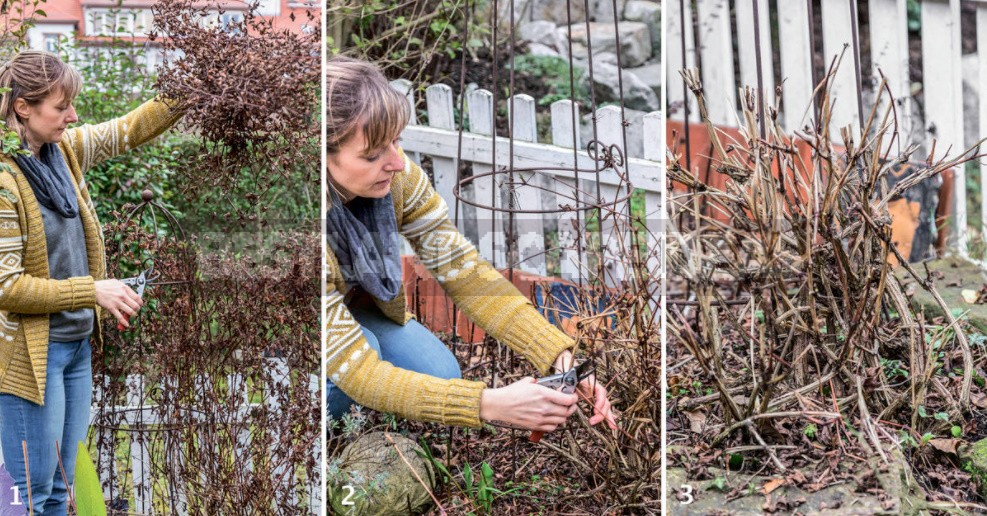
By the way, compared with large-flowered hybrids, Clematis viticella and other wild-growing species are less susceptible to such a common disease as wilting.
Early-flowering clematis
In the case of plants of the first group of pruning, which, in particular, includes C. alpina and C. montana, if possible, it is worth abandoning the “haircut”altogether.
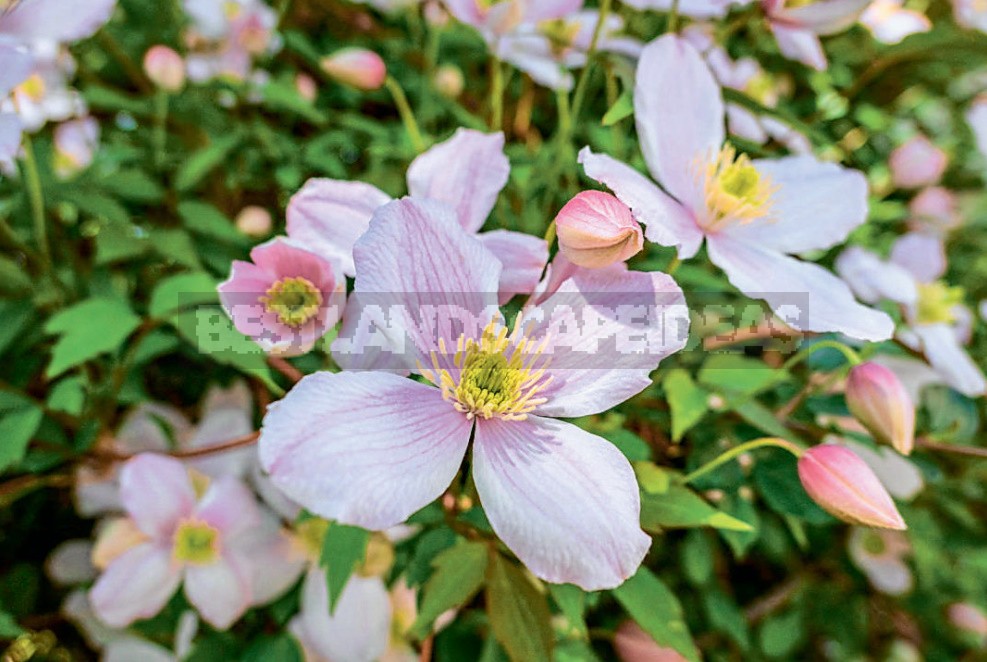
Both species begin to bloom in May. Their flower buds are laid in the previous year. If such a clematis needs correction (for example, it has grown very much or blooms poorly), it is better to wait for the procedure until the end of flowering. In this case, the plant will still have time for the formation of new shoots with flower buds.
Large-flowered clematis
Such hybrids are characterized by particularly impressive flowers, which sometimes appear twice in a season. While the first wave in June falls on last year’s shoots, in August – September, the young growth of the current year pleases with repeated flowering.
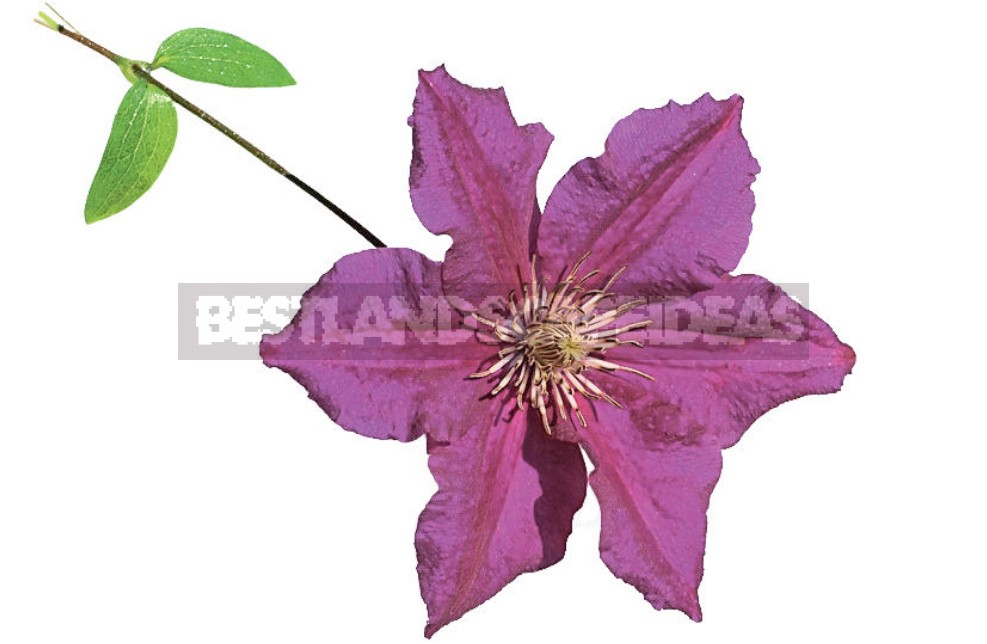
In order not to lose the first wave at the beginning of summer, in the spring, only damaged and weak shoots should be removed from the second group of pruning, cutting them off at the base. The remaining whips should be shortened by half in late autumn. To rejuvenate old specimens, pruning will allow up to a meter height above the soil level.

In the summer, clematis of this group need to remove withered flowers along with the first pair of leaves, so that the buds develop normally for the second wave of flowering.
The most famous representatives of this group are hybrids ‘Nelly Moser’, ‘Dr. Ruppel’, ‘The President’ and ‘Niobe’.
Shrubs with spherical crowns
Salix integra ‘Hakuro Nishiki’ (in the photo below on the left) is beautiful and at the same time takes up very little space, for which it is especially appreciated by the owners of small gardens. In order for the crown to remain compact and the foliage to be rich in color, every year in early spring all the branches need to be greatly shortened, leaving only stumps about 10 cm long. As a result of such a radical “haircut”, new shoots with young leaves of bright light pink and white-green tones are intensively formed. A similar procedure is also prescribed for S. sargea ‘Pendula’ and Prunus triloba. However, in their case, the pruner should be taken only after flowering.
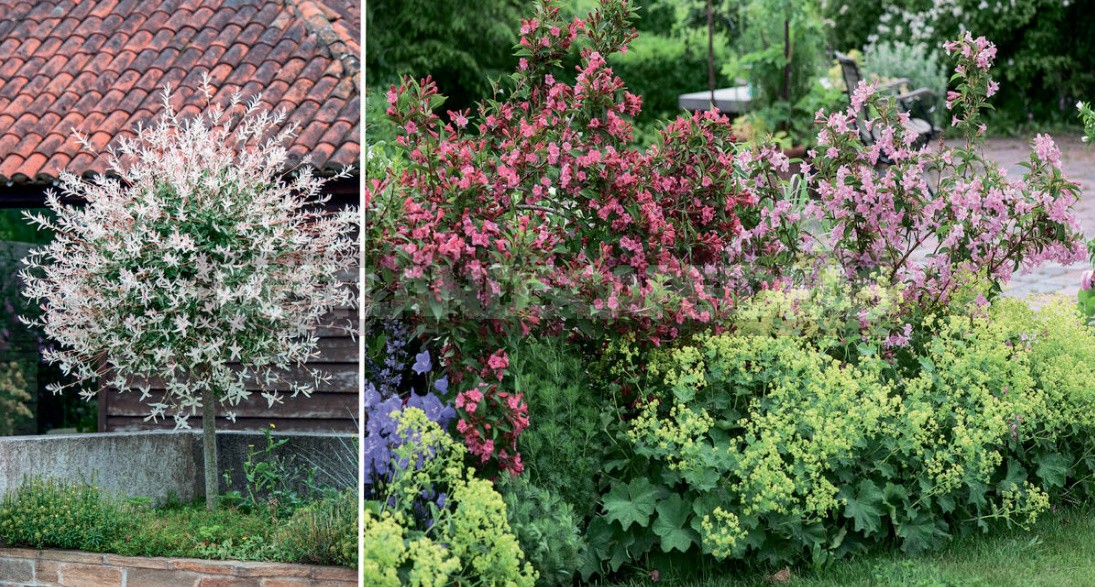
Pruning of spring-flowering plants
In order for the garden season to please not only with a green riot, but also with variegated colors, a fairly large group of spring-flowering shrubs, for example, Weigela (in the photo above on the right), should be cut immediately after flowering, since their flowers appear on last year’s increments. At the same time, some too old skeletal branches should be removed at the very base, and faded shoots should be shortened to a well-developed branching.
The same should be done with Forsythia, Syringa, Ribes sanguineum, Deutzia, Kerria, Spiraea ×vanhoutei and Philadelphus coronarius, so that they bloom well. Some very dense and poorly flowering bushes can be completely cut off in early spring, even if you have to sacrifice flowering, and then subject to annual forming pruning.
Hydrangeas
Some species are shown only a moderate “haircut”.
Hydrangea macrophylla
Hydrangea macrophylla impresses with hemispherical inflorescences. In order to admire this miracle every year, this species, like H. serrata, H. sargentiana and H. quercifolia, only needs to be slightly “trimmed”, since their flower buds are laid on last year’s shoots. You should arm yourself with a pruner in early spring, when the danger of severe frosts has passed. At the same time, it is necessary to cut only the withered inflorescences, placing the tool over the first well-developed pair of buds (photo on the right).
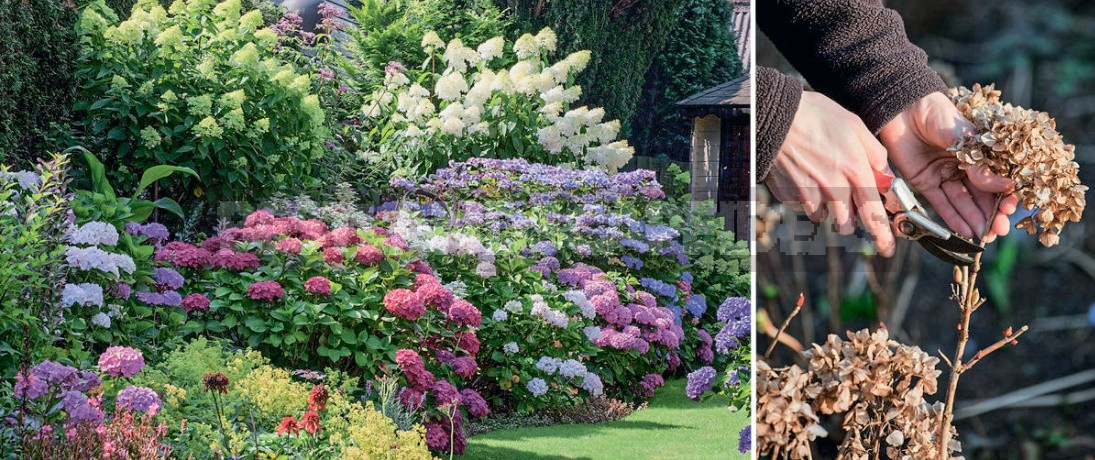
Also, every 3-4 years, the shrub should be thinned, completely removing the old branches that have already begun to bloom weakly. This contributes to the increased formation of young shoots from the base of the plant.
Hydrangea petiolaris
Hydrangea petiolaris, although it belongs to this group for pruning, as a rule, does not need an annual “haircut” at all — only sanitary (all dried and damaged branches are subject to removal).
Hydrangea sargentiana
For Hydrangea sargentiana, a place protected from the wind in partial shade is best suited. Give the plant more space so that its umbrella-shaped crown opens in all its glory.
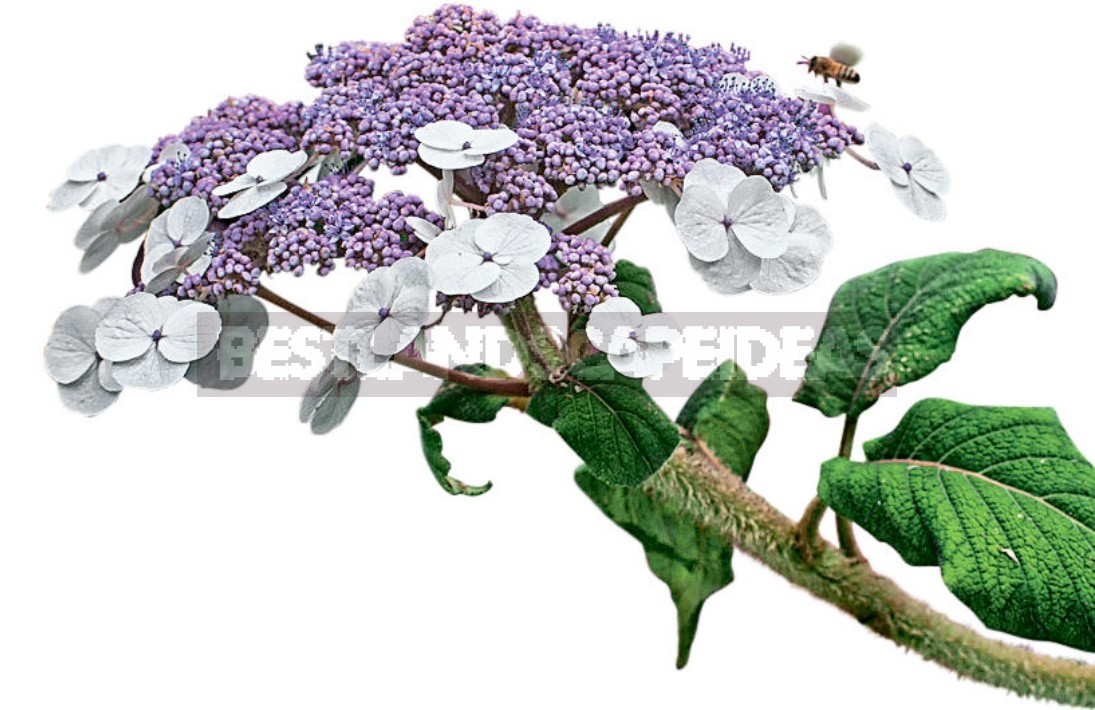
In July – August, flat inflorescences appear with fertile inner flowers and sterile outer ones.
Procedure for Hydrangea arborescens
Hydrangea arborescens has not won the love of gardeners for nothing — it is frost-resistant and blooms luxuriantly. In this species, flower buds are formed on the increments of the current year, so the plant can be cut off strongly every spring without hesitation (photo at the bottom left). At the same time, it is necessary to shorten the stems to 15-20 cm above the soil surface, and completely remove branches older than two years. This will allow the shrub to remain compact and guarantees flowering.
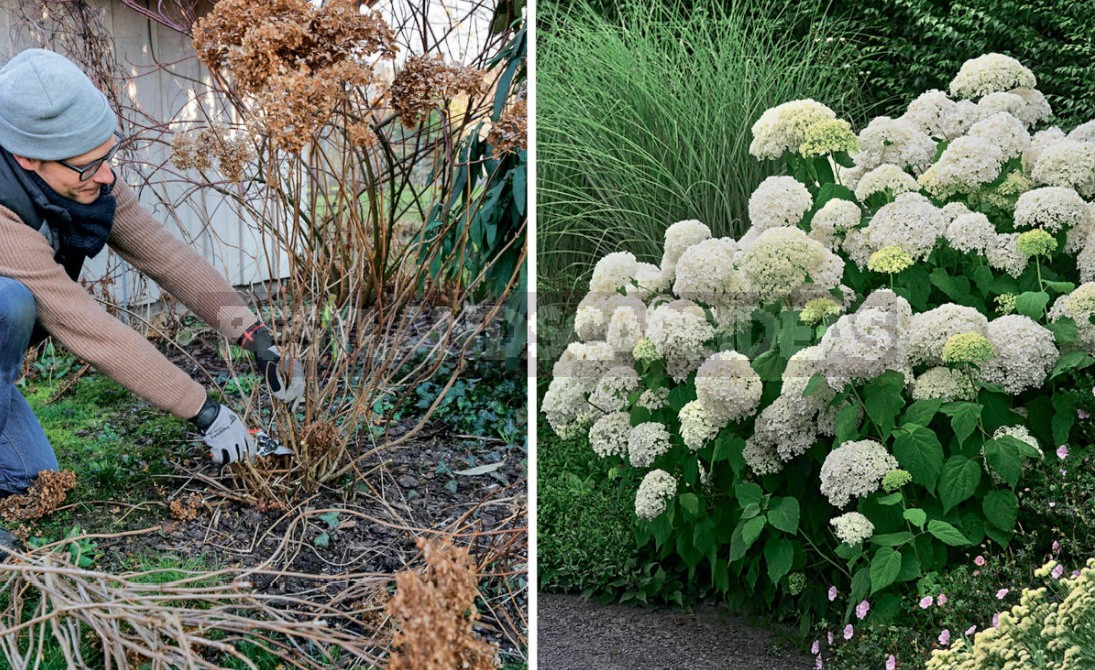
In mid-June, you can re-shorten part of the stems — then the flowering will last until the autumn. The most famous variety of this type of hydrangea is ‘Annabelle’ (photo above right). To make the inflorescences reach maximum decorative effect, the shrub after pruning will not hurt to feed with organic fertilizers.
Hydrangea paniculata
Hydrangea paniculata forms inflorescences mainly on the shoots of the current year. Every year in the spring, annual increments with dried inflorescences should be shortened to four buds, and all older and withered branches should be removed.

Tip: if you once forgot to perform the procedure, cut the bush to the lignified base. This will give an impetus to the formation of young shoots from the lowest buds.
Similarly, it is necessary to “cut” such popular varietal plants as ‘Grandiflora’, ‘Kyushu’, ‘Bombshell’ or ‘Phantom’ (all white), greenish-white ‘Limelight’, as well as changing the white color of flowers to pink ‘Vanille-Fraise’ and ‘Pinky Winky’. The exception is ‘Praecox’ and ‘Dharuma’: their buds appear on last year’s growth, so they are not cut off, but only the dried inflorescences are removed at the end of summer.
Buddleja Bloom Stimulation
Buddleja davidii is prescribed an annual strong pruning. This should be done in March-early April. First, you should cut down the oldest skeletal branches to a palm-high stump, so that the bush does not thicken.
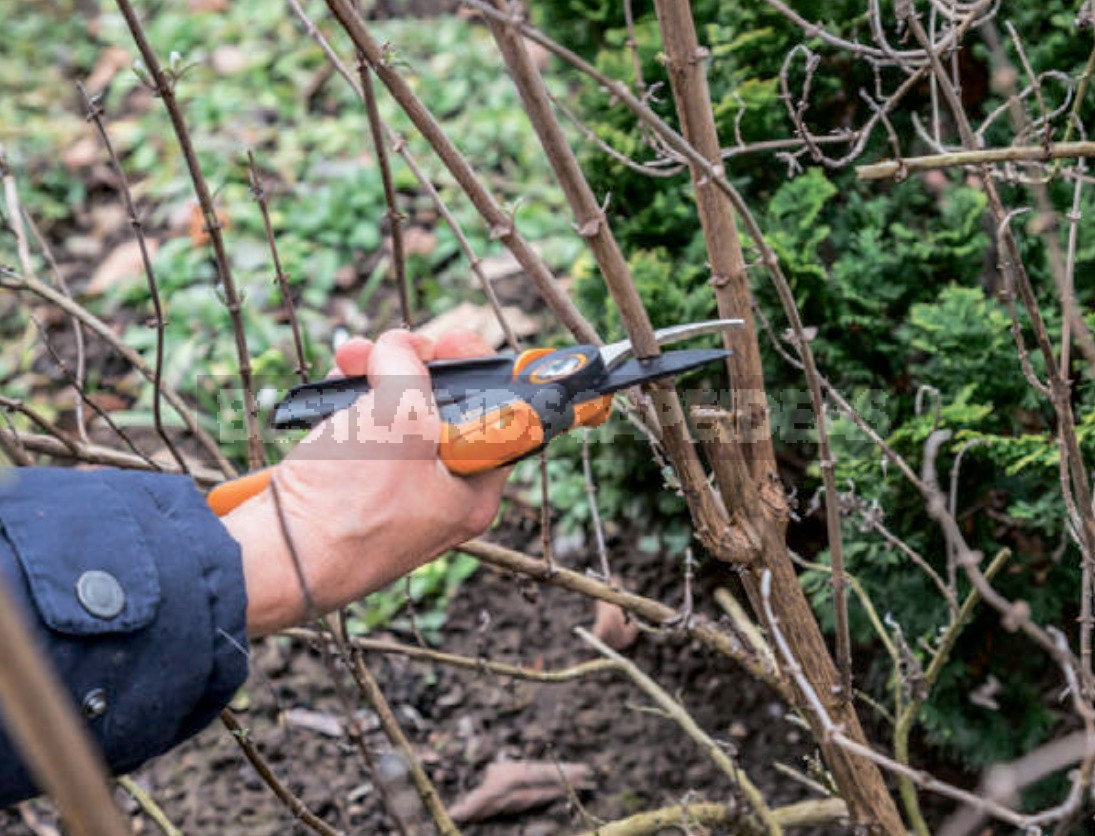
Then, on the remaining younger branches, it is necessary to shorten last year’s shoots so that short twigs with 2-3 buds remain (if you leave more, many weak shoots will appear to the detriment of flowering). As a result of this correction, the buddleia will retain a compact appearance and bloom abundantly every year.
“Cutting” of ornamental herbs
To prevent new shoots from mixing with old ones, Miscanthus sinensis, Cortaderia selloana, Panicum virgatum and Pennisetum alopecuroides need to be pruned in the spring.

Large curtains are the easiest to simply cut with manual or electric hedge scissors.
In this case, the stems should be shortened to 15-20 cm above the soil level.
If the grass is low, it can be cut off in bundles with a pruner. In winter-green grasses, for example, Luzula nivea and Carex morrowii, it is enough to manually pluck the old stems.

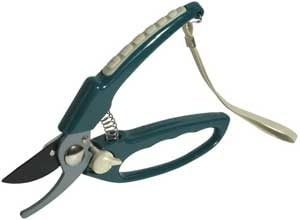
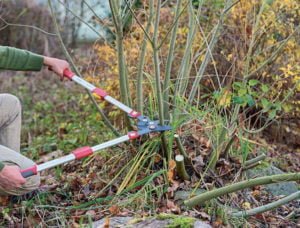
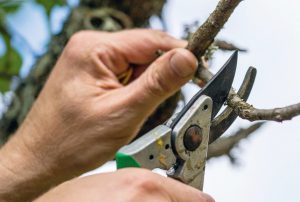
Leave a Reply